We are continuing our learning about place value of numbers as a part of our Maths programme.
Last week, and into this week, we’ve been playing the Banker’s Game – we started with bundling pop sticks in groups of 10 and have now started using MAB equipment to further our learning.
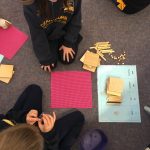
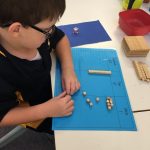
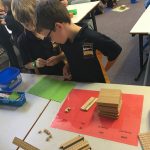
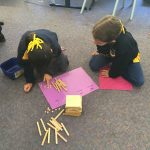
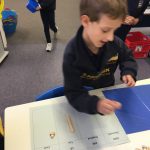
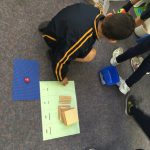
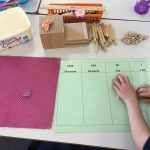
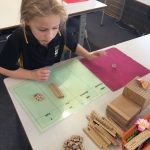
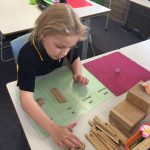
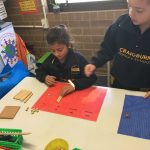
The Banker’s Game is one way to learn about the value of digits in a number depending of their position in the number.
We’ve been playing either by ourselves or with a partner. Each dice roll is counted out using ones, when the column totals 10 it is exchanged for a long (group of 10) and then when there is 10 longs they are exchanged for a flat (group of 100). There is no limit to how high the game can go – just keep rolling that dice!
Watch Lara playing the Banker’s Game – you’ll see her counting and adding numbers, adding the new dice roll to her total on the board, exchanging groups of 10 in each column and then counting her new total.
What’s your favourite part of the Banker’s Game?
Tell us what you know about place value.

